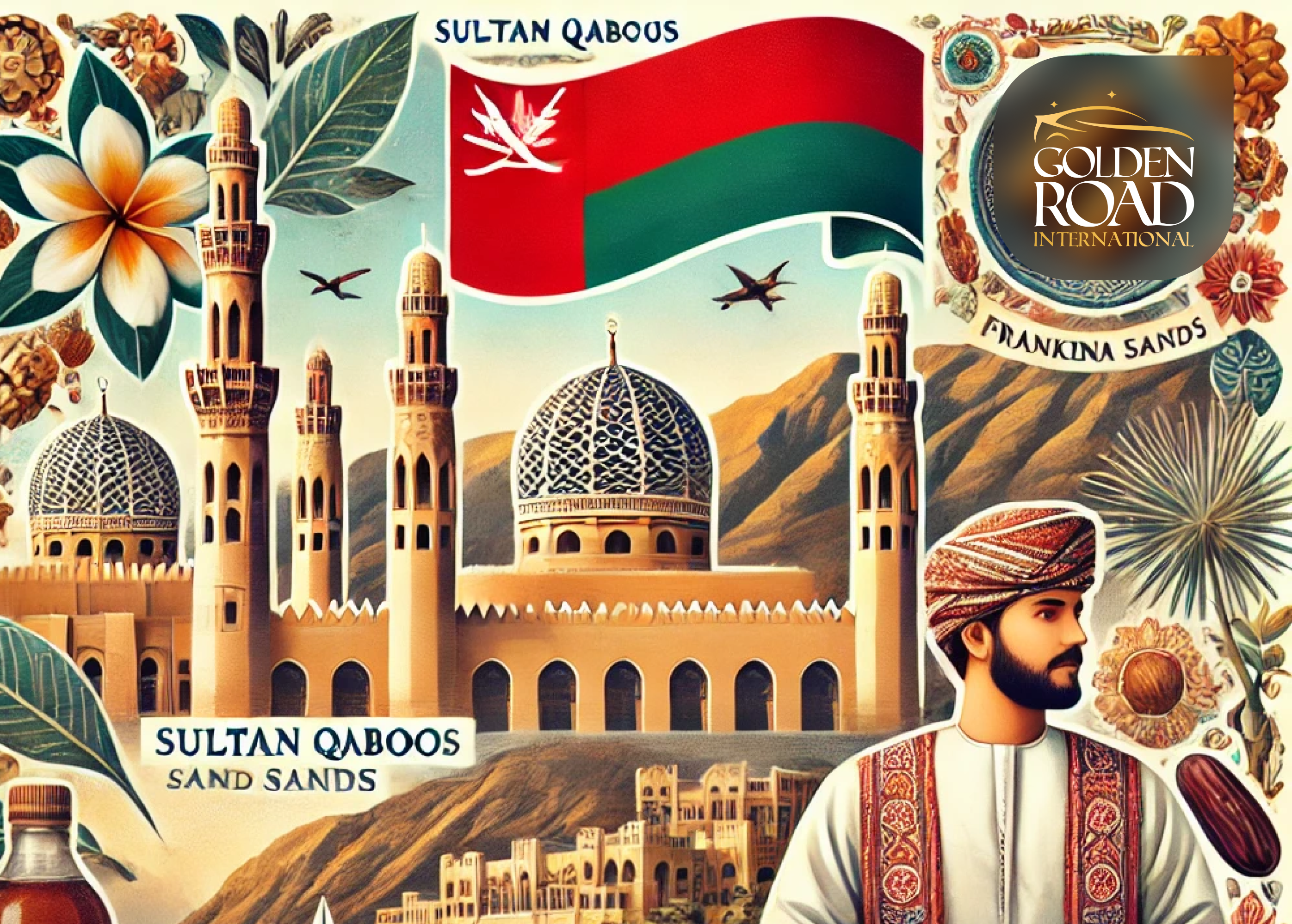ADDRESS
2082 Shop7, Way 4833, Al-Azaiba, 18th November St., Muscat, Oman
PHONE NUMBER
E-MAIL ADDRESS
BUSINESS HOURS
7/24

Oman, located in the southeastern part of the Arabian Peninsula, spans approximately 310,000 square kilometers and has a population of nearly 4.8 million, with over 40% being expatriates. This country is one of the most unique destinations in the Middle East. One of the most fascinating facts about Oman is its maritime history, which has made it a key player in regional trade for centuries.
In recent years, Oman has undergone significant transformations under the leadership of Sultan Haitham bin Tariq. Vision 2040 and the Tenth Five-Year Development Plan (2021-2025) focus on economic diversification and reducing dependence on oil. Investments in tourism, renewable energy, and information technology are among the key initiatives in this journey.
Although Oman’s economy is primarily based on oil and gas exports, the government is actively developing non-oil sectors such as manufacturing and tourism to boost revenues. The country’s economic vision reflects a proactive approach to sustainable development.
Oman is the oldest independent state in the Arab world, with a history that dates back thousands of years. The country gained independence from Portugal in 1650 and has remained sovereign ever since. Historically, Oman was a formidable maritime power, with influence extending across the Persian Gulf and East Africa, including Zanzibar.
In the modern era, Oman’s transformation began in 1970 with Sultan Qaboos bin Said, who introduced economic reforms and developed the country’s infrastructure while preserving its rich cultural heritage. Today, Oman continues to balance tradition and progress.
Another interesting fact about Oman is its weekend schedule. Like several other Middle Eastern countries, Oman previously observed a Thursday-Friday weekend. However, in 2013, to better align with international standards and regional trade partners, the country shifted its weekend to Friday and Saturday.
This change had a significant impact on the economy and financial sectors, improving Oman’s synchronization with global markets.
Bahla Fort is one of the most outstanding examples of traditional Omani architecture. Located at the foothills of the Jebel Akhdar mountains, the fort was built between the 12th and 15th centuries by the Banu Nebhan tribe.
In 1987, Bahla Fort became Oman’s first UNESCO World Heritage Site. Constructed from mud bricks, the fort features ancient walls and watchtowers, offering visitors a glimpse into Omani military architecture.
Jebel Shams, standing at approximately 3,009 meters, is Oman’s highest peak and one of the country’s most popular tourist destinations. Known for its stunning landscapes and cooler climate, the mountain overlooks Wadi Ghul, often referred to as the “Grand Canyon of Arabia.” The famous “Balcony Walk” is one of the most scenic hiking trails in the region.
Due to its unique geographical location, Oman is home to around 450 bird species from Asia, Europe, and Africa. Popular birdwatching locations in Oman include Al Ansab Wetlands, Al Qurum Natural Park, and the Dhofar region. Oman’s diverse ecosystems not only attract birdwatchers but also highlight the country’s global significance in wildlife conservation.
Oman’s maritime history dates back to the third millennium BC. With its strategic location and safe natural harbors, the country has played a vital role in ancient trade routes between Asia and Africa. The port city of Sohar was a major center for maritime commerce, and Omani shipbuilders were pioneers in the field of seafaring.
The Sultan Qaboos Grand Mosque in Muscat is one of the most stunning examples of modern Islamic architecture. Completed in 2001, the mosque covers an area of 416,000 square meters.
Among its most impressive features is a massive Swarovski crystal chandelier and a handwoven Persian carpet—one of the largest in the world.
The Omani Khanjar, a traditional curved dagger, represents pride, power, and national identity. Worn on formal and cultural occasions, the Khanjar has been an essential part of Omani heritage since the 15th century.
Its hilt is crafted from precious materials such as gold, silver, and ivory, and its intricate decorations reflect both the artisan’s skill and the status of its owner.
Oman is home to five UNESCO World Heritage Sites, showcasing its deep-rooted history and rich cultural legacy. These sites include:
Bahla Fort
Aflaj Irrigation Systems
Archaeological Sites of Bat, Al-Khutm, and Al-Ayn
Ancient City of Sumhuram
The Land of Frankincense in Dhofar
These sites highlight Oman’s historical significance and attract travelers and history enthusiasts from around the world.
With its diverse landscapes, pristine beaches, majestic mountains, and rich cultural heritage, Oman is one of the most captivating travel destinations in the Middle East. Renting a car in Oman is an excellent way to explore the country’s stunning attractions. The growing tourism industry and infrastructure developments emphasize the importance of this sector in Oman’s economic future.
Oman is a country with a rich history, a unique cultural identity, and a promising future. From its glorious maritime past to its modern advancements, Oman seamlessly blends tradition and innovation. These fascinating facts make it an ideal destination for travelers, history lovers, and nature enthusiasts alike.
No account yet?
Create an Account